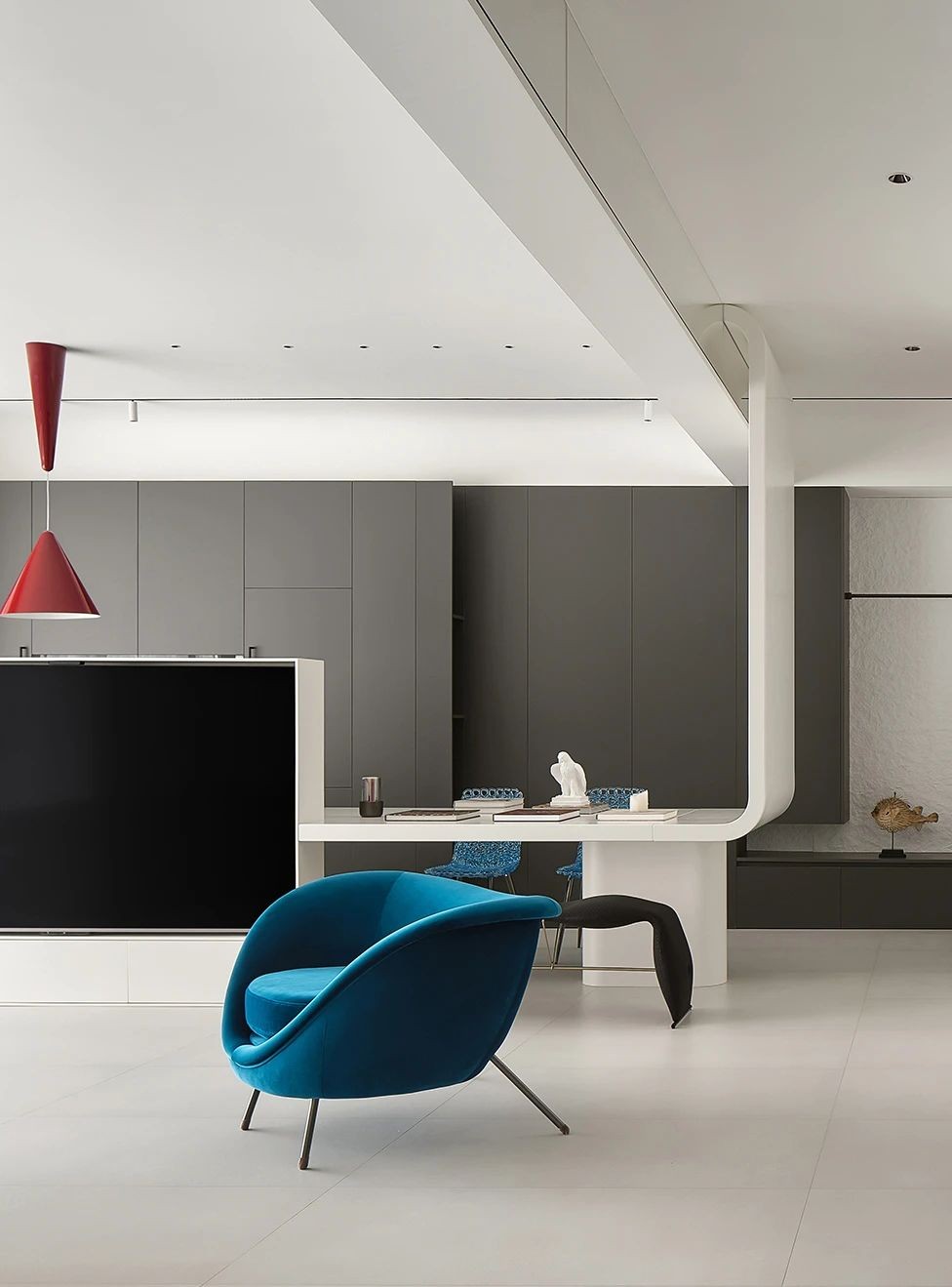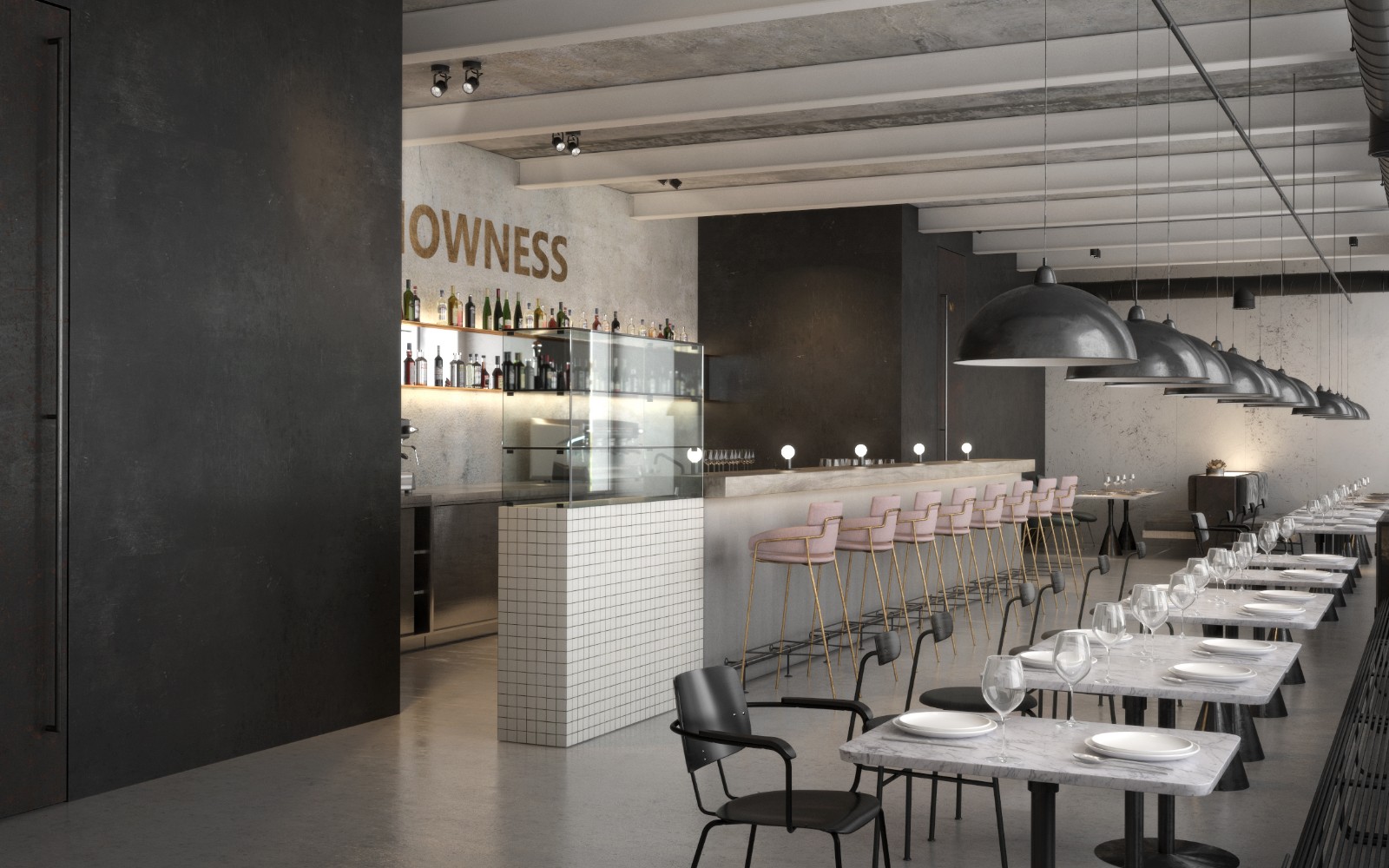Rosales Quijada House GITC arquitectura
2016-07-22 09:00
© Felipe Díaz Contardo
c Felipe Díaz Contardo


架构师提供的文本描述。项目
Text description provided by the architects. The project
独立的房子,为婚姻,两个孩子和服务。一楼的公共区域和第二层的私人空间。在这个更高的卷,父母和孩子分开,第一个去东方,孩子在西方。在二楼,每本书的结尾都有最私人的地方可以在中心与最常见的区域(父亲书桌和电视/多媒体室为儿童);创造一个巨大的中心卷的双高;其中包含关系和联系(双脚如何视觉)之间的双重二元(私人/公共和儿童/父母)。
Detached house, for a marriage, two children and services. Public areas on the first floor and private spaces in the second. In this higher volume, parents and children are parted; the first to de east and the children to the west. On the second floor, the ends of each volume has the most private places to finish in the center with the most common areas (father desk and TV/multimedia room for children); creating a large central volume of double height; which contain the relations and nexus (both foot how sight) between this double duality (private / public and children / parents)
© Felipe Díaz Contardo
c Felipe Díaz Contardo




材料
The materials
混凝土、钢和天然木材
Concrete, steel and native woods
混凝土的重量和质量与木材的轻盈和温暖之间的对话。第一层和第二层的基础结构是混凝土,提供了一张“坚固的桌子”,把外面用钢和木头排成一条直线。无论是在二楼的双体积中心高度,本土木材使用干燥和内部加工。Canelo用于墙壁和天花板,Tineo或coihue用于地板。
A dialogue between the weight and mass of Concrete with the lightness and warmth of the wood. The base structure on the first and second floors is concrete, delivering a "sturdy table" to line the outside with a steel and wood. Both on the second floor as the double volume center height, native wood used dried and processed internally. Canelo was used in walls and ceilings, and Tineo or Coihue in floors.
© Felipe Díaz Contardo
c Felipe Díaz Contardo


Glass bricks
这个元素被用来创造厨房的东墙,就像一个万花筒,把厨房里的晨光过滤掉,并对接收浴室的照明进行了失真,在这个功能中,屏幕是如何分隔出入和用餐的。它是一个有趣的元素,能在同一时间进行移动和照明,使它们分开。
This element was used to create the east wall of the kitchen, like a kaleidoscope filtering out the morning light in the kitchen; and distorter the lighting that receive bathrooms, and in the function how a screen to separate access and dining. It is a playful element that gives movement and illuminates at the same time that separate them.
© Felipe Díaz Contardo
c Felipe Díaz Contardo


功能和空间轴
Functional and spatial axes
走廊。栖息最大长度
The Corridor. Inhabiting the maximum length
二楼走廊被改造成一条大走廊,以两个梯田结束:一个小的西阳台飞过正门,另一个是大的东阳台。这条走廊,除了露台的半室内格子外,还有最大的房子内部长度(24米梯田),伴随着一个巨大的南向水平窗口,连接着房子内邻近的田野。
The second floor hallway is transformed into a large corridor that ends in two terraces; the small west terrace flying over the main entrance, and the large east terrace. This corridor, which runs the maximum internal length of the house (24 meters + terraces) in addition to the semi-interiors latticework of the terraces, is accompanied by a large horizontal south window, communicating the neighboring fields inside the house.
© Felipe Díaz Contardo
c Felipe Díaz Contardo




楼梯和中央容积
Staircase and central volume
主楼梯位于向北庭院投射的中央双高体积的终点,位于一堵大的垂直墙上,从房子里剥离出来,白天允许太阳进入(这面墙是光线的支撑和太阳的阴影);成为一个真正的日晷,代表一天的前进,随着季节的变化。
The main staircase, located as a finish of the central volume of double height that is projected to the north courtyard, rests on a large vertical wall that is peeled away from the house and allows the entry of solar illumination throughout the day (being this wall a support of the rays and shadows the sun); becoming a true sundial that indicates both the advance of the day, as the change of the seasons.
© Felipe Díaz Contardo
c Felipe Díaz Contardo


































Architects GITC arquitectura
Location Chicureo, Chile
Category Houses
Architects in Charge Felipe Vera Buschmann, Rodrigo Belmar Expósito (GITC)
Area 4800.0 m2
Project Year 2010
Photographs Felipe Díaz Contardo
Manufacturers Loading...































